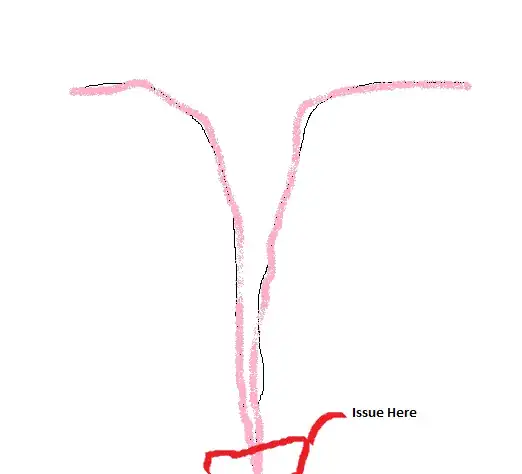A black hole in GR seems to have a sharply defined radius. Of zero, that is since all the mass has been compressed into the infinitely dense center point. However, shouldn't the fuzziness of quantum mechanics destroy this well-defined shape before the absolute point is reached?
That is, how can the classical diagram of a black hole like a vortex exist when the sides of the vortex are quantum-close to each other?
So here's the quantum uncertainty I'm referring to. Pink is the quantum closeness one can have I suppose.
Next, in respect to Jeremy Schirmer's answer, are you saying that within the event horizon space basically doesn't exist anymore? That's quite wild of a thing to say but in no way surprising when it comes to black holes.
